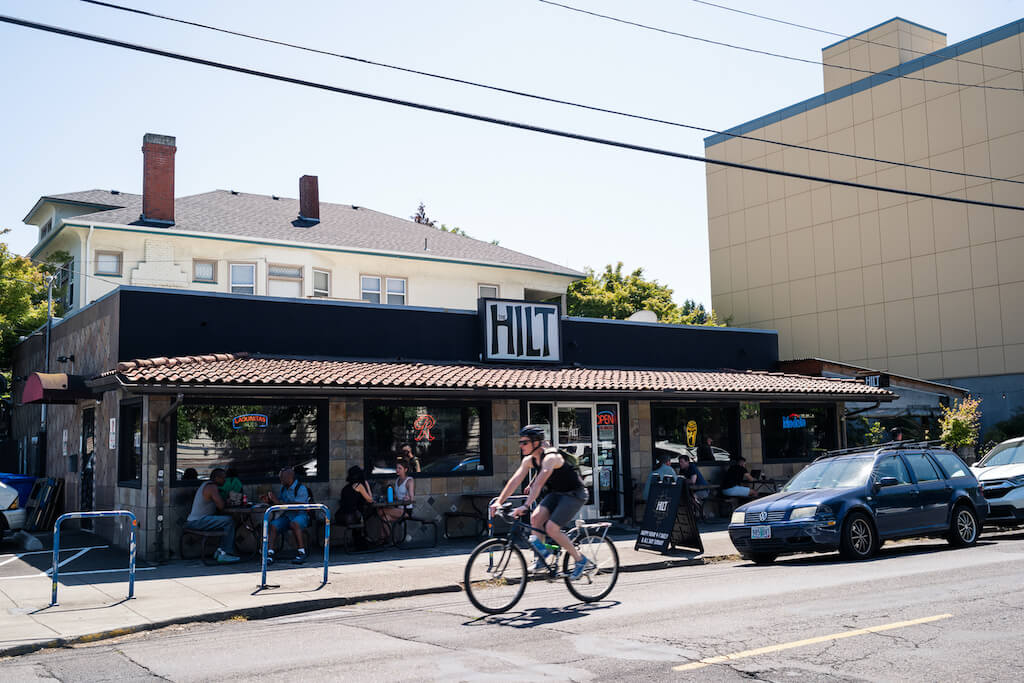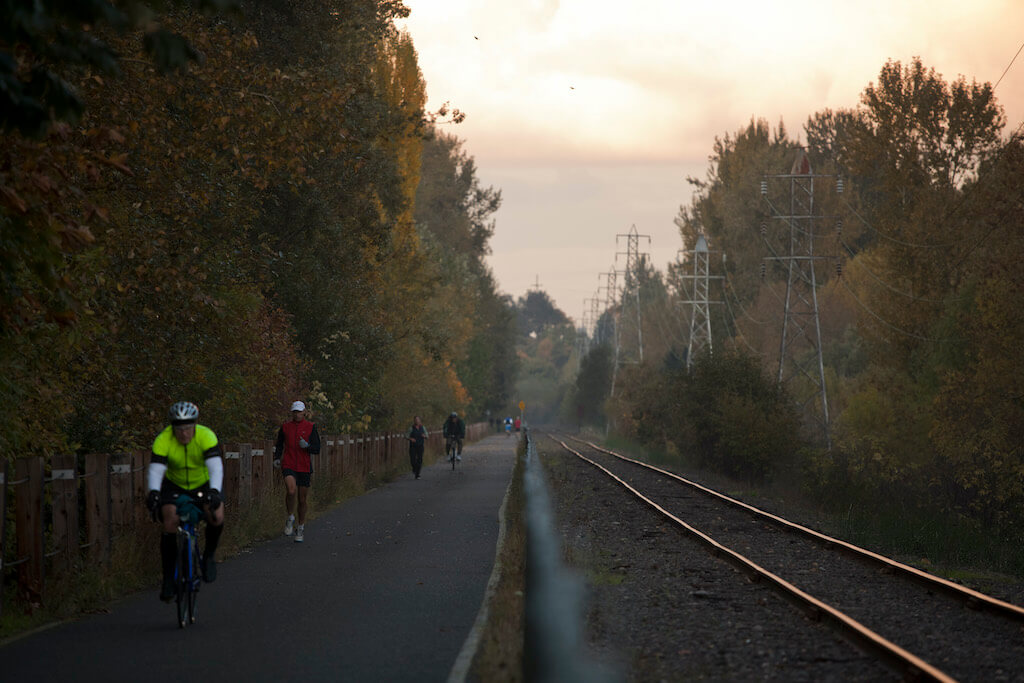Autumn Gear Guide
Find inspiration in our Gear Guide that will keep you out on your bike through wind or rain.
Download NowA new city of Portland, Oregon report indicates a large drop in cycling numbers in 2022, a trend that should be of great concern to many. For as long as bicycle-friendly cities have been ranked in the United States, the city of Portland, Oregon has been near the top. In a 2021 Forbes ranking, Rose […]
A new city of Portland, Oregon report indicates a large drop in cycling numbers in 2022, a trend that should be of great concern to many.
For as long as bicycle-friendly cities have been ranked in the United States, the city of Portland, Oregon has been near the top. In a 2021 Forbes ranking, Rose City was a solid number two tucked lovingly behind San Francisco. And, although it might still rank just as highly, which is the point of all the infrastructure and outreach, its numbers are going in the wrong direction to levels that haven’t been seen since 2006
According to the report: “Overall, Portland bicycle traffic in 2022 dropped more than a third compared to 2019, to levels not seen since approximately 2005-2006 (Table 1). This is based on a comparison of people counted at the 184 locations that were counted in both 2022 and 2019.”
To arrive at the numbers, the Portland Board of Transportation set out a team of volunteers with clipboards to 234 different locations to count each cyclist over a two-hour period “largely, but not exclusively, at the intersections of established bikeways.”
The report does not that this reversion to earlier and lower volumes “is also reflected in bicycle commute data, as well as for driving, walking, and using transit to commute,” resulting from a massive spike in people working from home.

Exterior of The Hilt bar in Northeast Portland (photo: Justin Katigbak, Travel Portland)
“This report shares the latest information available about the number of bike trips in Portland, based on the city’s counts and U.S. Census data. It does not explore the potential reasons travel patterns are changing,” says PBOT’s Dylan Rivera. “Clearly, the COVID-19 pandemic had a widespread change in our society, including transportation, and we continue to see people teleworking in Portland at historically high rates, while all other modes of transportation are down. But these lower biking rates were emerging before the pandemic.”
The troubling trend has PBOT searching for answers.
“We see a need for scientifically valid public opinion research that can help us understand attitudes towards biking,” he adds. “Until we know more about why people are biking less, we won’t have any new recommendations on how to address this. We remain committed to building the best biking infrastructure we can, and supporting that with the education and outreach programs that have proven to get people biking.”
According to the report, East Portland had the lowest average number of riders — 117 riders averaged over 33 locations while Southeast Portland had the highest average — 700 riders, 57 locations.
Kiel Johnson, chair of BikeLoud PDX, says that Portland has failed to make bicycling a convenient option, which is the goal of all good bicycle infrastructure.
“If you look at cities where cycling numbers have been increasing relative to car trips, convenience is the number one reason people opt to ride their bike,” Johnson says. “Look at page 9 of the Copenhagen bicycle account for 2022. Fastest, easiest, and most convenient are all the top four reasons. This is the same in surveys in the Netherlands. For trips that are three miles or less, we need to make riding a bicycle the obvious choice. Instead, we have built relatively safe routes through our neighborhoods on our ‘neighborhood greenway’ network that zig zags you around and are hidden for most people.”
While there was a time Portland, Oregon was looked upon for inspiration by cyclists from other cities across North America, that’s changing, and that has Johnson worried.

One thing that hasn’t changed in the past 20 or 30 years ago is the need to exert political pressure on decision-makers. And that pressure, according to Johnson, should be directed away from cute neighborhood green routes and positioned directly at taking space away from cars and giving it to more vulnerable road users.
To that point, Johnson uses the example of SE Hawthorne, one of the main business streets in Portland. During a repaving project, the PBOT could have added the protected bike lanes people were asking for, but instead decided a neighborhood greenway a few blocks away was good enough. But, who takes a neighborhood greenway to work? Apparently not that many in Portland.
“BikeLoud is suing the City of Portland right now over failing to include bicycling infrastructure on several rebuilt roads because our elected officials are not holding our transportation department accountable,” Johnson adds.
Clearly, more advocacy on the local level through groups such as BikeLoud PDX is needed.
“We need the political pressure to take some space away from cars on our bigger more direct routes and redesign them to include protected bicycling infrastructure. This is more expensive and a bigger change than painting some bike sharrows on a neighborhood street and calling it good,” Johnson says.
Find inspiration in our Gear Guide that will keep you out on your bike through wind or rain.
Download Now
Leave a comment